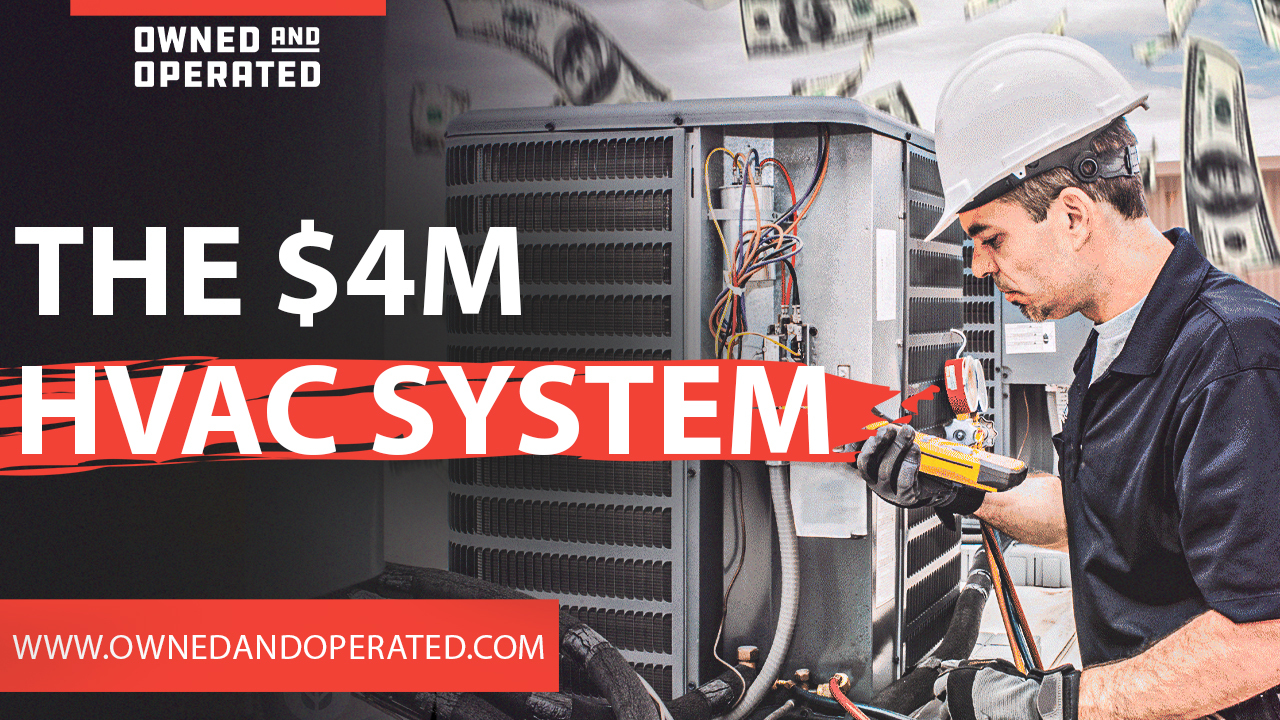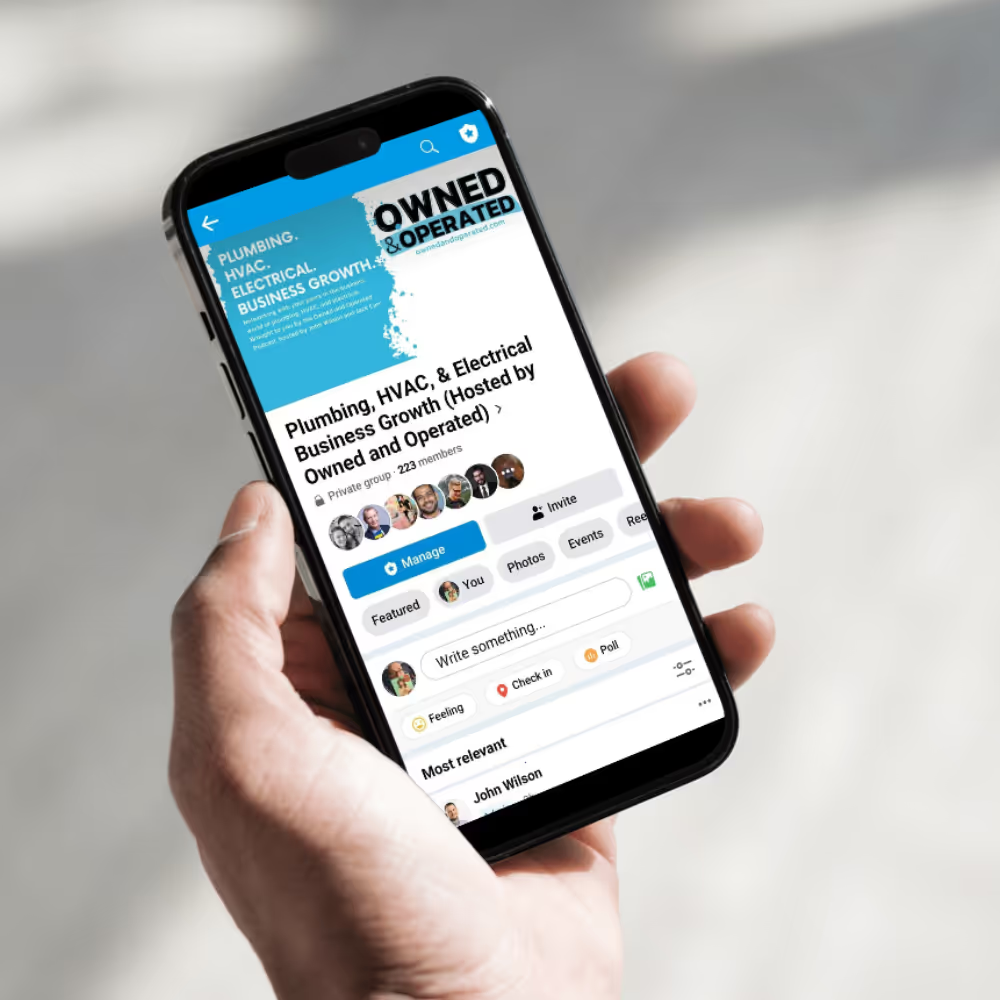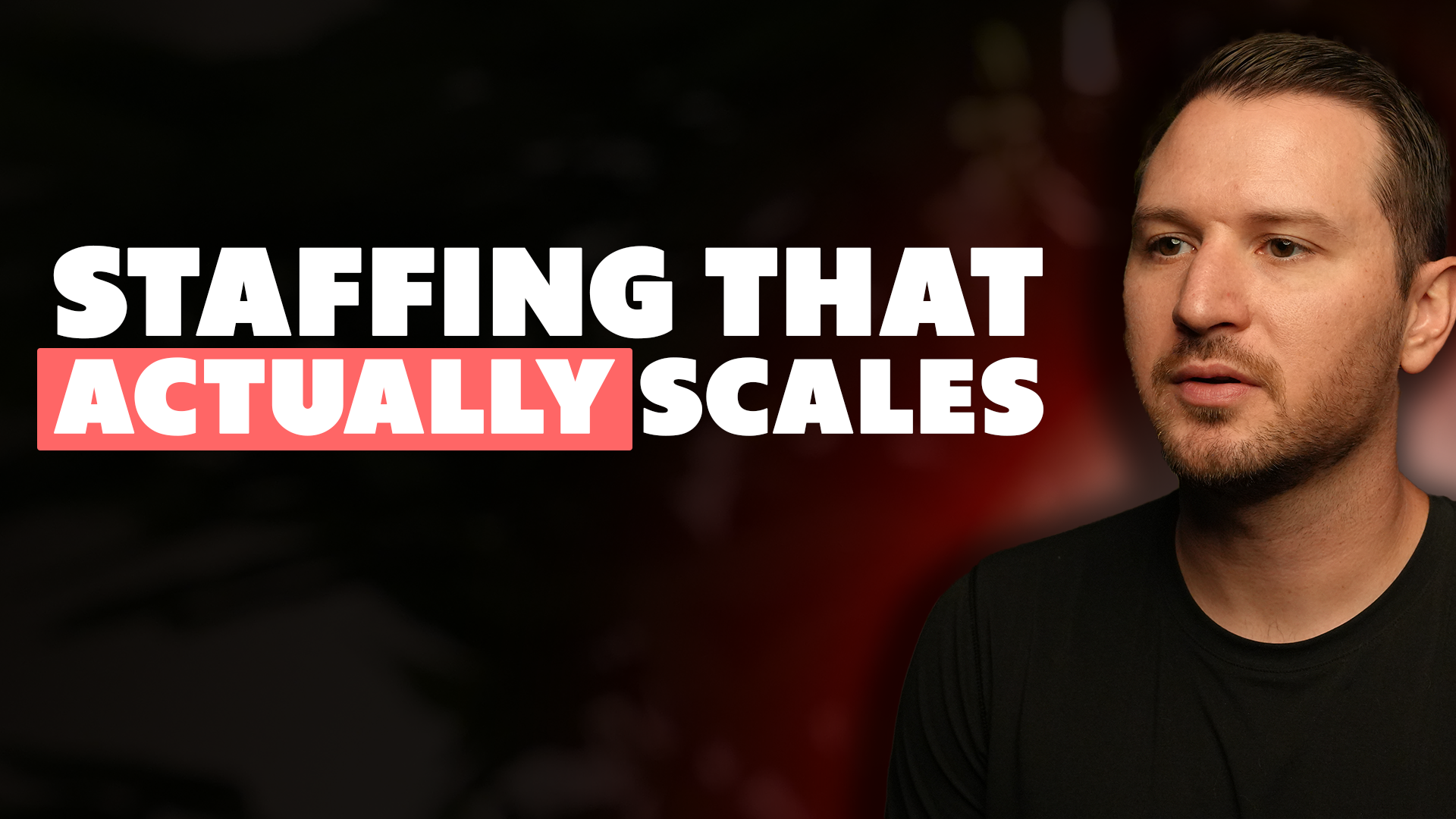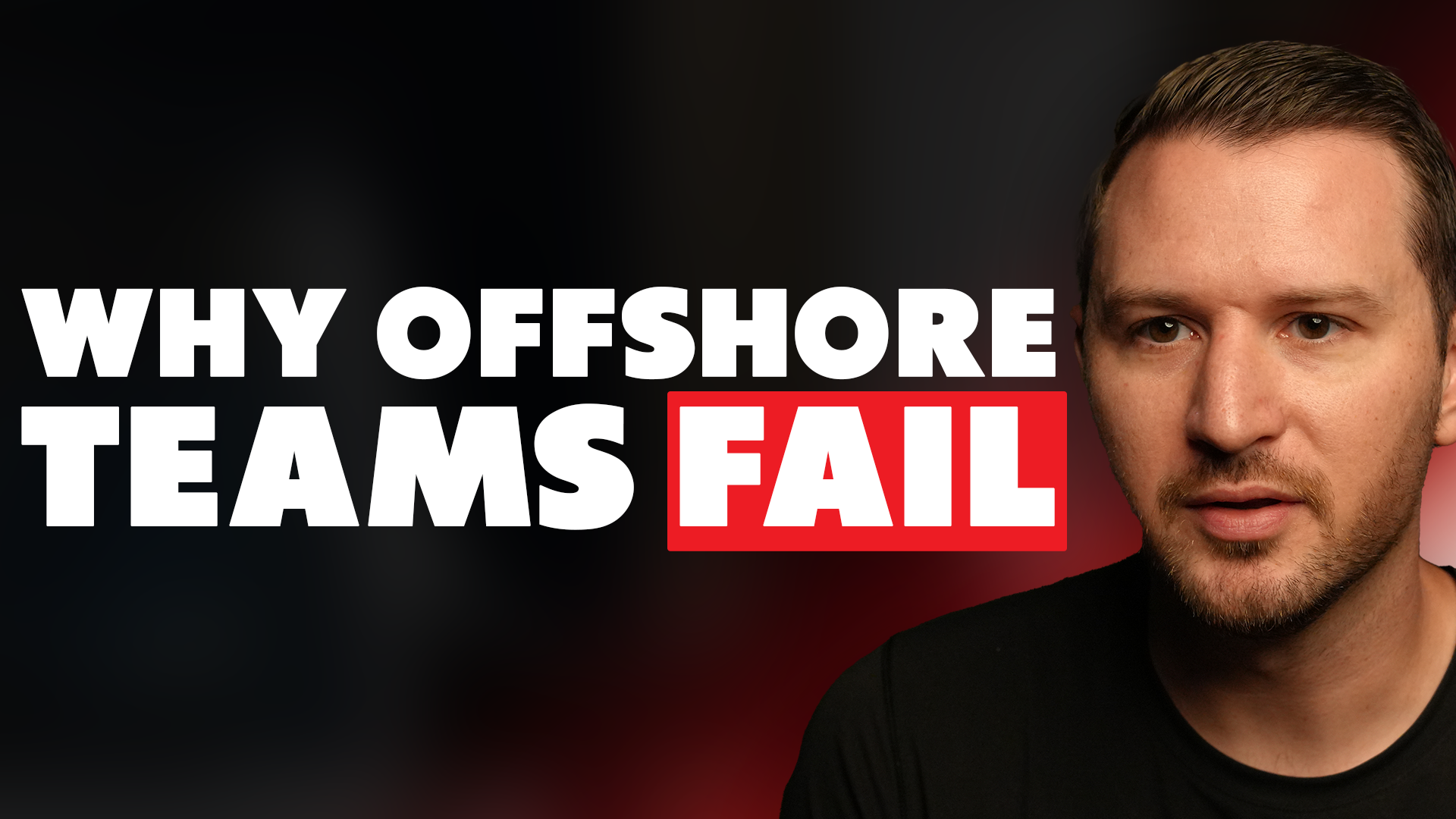How do you scale a home service business to $4 million in monthly revenue without burning out your team or watching quality drop?
Brian Sloan, owner of TR Miller, has figured it out. And it’s not about flashy marketing or aggressive price hikes. It’s about systems.
In a recent conversation on the Owned and Operated podcast, Brian broke down the repeatable strategies that helped him hit this milestone. What stands out is how much of the growth came from operational discipline. Not just a laser-cocus on sales.
Here are the three core strategies that made it possible:
1. Retention and Career Progression of Field Technicians
Brian emphasized that the “magic” behind TR Miller’s growth lies in their ability to retain skilled technicians. Rather than constantly hiring to meet demand, the company built a culture and structure that develops and keeps top performers over time.
What They Did:
- Clear advancement structure: TR Miller created a level-based progression system for technicians, from Level 1 to Level 5. Advancement is objective and based on measurable achievements like completing a certain number of installs (e.g., “install 10 humidifiers and earn a stamp”).
- Customized career paths: Not every tech is pushed into leadership. Brian made it clear: “It’s your journey.” The company helps each employee get where they want to go, whether that’s field work, leadership, or something else entirely.
- Raises through results: Technicians aren’t given raises for tenure. If they want to earn more, they’re shown how to do it. That could mean learning a new skill, adding a certification, or hitting a productivity milestone.
- Proactive scheduling communication: Instead of springing overtime or weekend work on techs last-minute, TR Miller preps the team weeks in advance, especially for peak months like June and July.
- Quality-first culture: Even during peak demand, they expect 1.5 to 2 hours per service call. No “turn and burn.” This prevents callbacks and protects the brand’s reputation.
Why It Mattered:
- Lower turnover = higher consistency in performance, customer service, and close rates.
- Technicians felt valued and invested in, not burned out or replaceable.
- Performance standards stayed high, even during busy seasons.
2. Smart Scheduling and Bandwidth Expansion
To reach $4 million months, you need to capture peak season revenue without imploding your operation. TR Miller achieved this through flexible scheduling, smart capacity planning, and automated dispatch.
What They Did:
- Four shift model (no on-call):
- AM shift: Mon–Fri, 8am–5pm
- PM shift: 11am–8pm
- Sun–Wed shift
- Wed–Sat shift
This structure gave the business full coverage without exhausting the team.
- Seasonal hiring strategy: They plan hiring around February–April, getting new hires ready before peak summer demand hits.
- Field supervisors pitch in: In slow months, supervisors focus on training and SOPs. In peak months, they get in the truck and run calls to add capacity.
- Peak season adjustments: During the summer, service techs are asked to work a sixth day or extend to 8am–8pm shifts. Because this is pre-scheduled, morale stays high.
- Install crews scaled dynamically: They went from 5–6 install trucks in February/March to 10 trucks in June, flexing output when demand surged.
- Dispatch automation: They replaced manual call assignments with software that matches the right tech to the right call, which improved routing efficiency and let them scale to 120 calls/day at peak.
Why It Mattered:
- They avoided cancellations from long wait times during peak heat waves.
- Automation helped maximize output without over-relying on dispatchers.
- Having bandwidth ready meant they could fulfill sales before customers bailed for a competitor.
3. Revenue Diversification Through Plumbing and Memberships
HVAC is a seasonal rollercoaster. To flatten the curve, Brian built diversified revenue streams that generate work (and cash) even when AC units aren’t breaking.
What They Did:
- Launched plumbing in 2020: Now brings in $1 million per month, creating reliable off-season revenue. Electrical was also added recently and is growing.
- Invested heavily in memberships: Maintenance plans keep techs working in February and March, with 2–3 calls per day per tech scheduled during slow months.
- Focused on year-round utilization: Memberships aren't just for retention—they’re the base layer of the business. As Brian put it: “That’s our foundation.”
Why It Mattered:
- Reduced reliance on summer HVAC spikes to hit revenue goals.
- Protected technician hours during slow periods, aiding retention.
- Created predictable revenue and improved forecasting.
TR Miller didn’t get to $4 million a month by running more ads or cutting corners. They got there by building a business that could scale internally, with people who stick around, systems that expand during peak demand, and revenue streams that smooth out the seasonal rollercoaster.
If you’re trying to grow past the $1–2 million/month plateau, the lesson is clear: you don’t need more leads (but it helps)—you need more leverage. Start with your team, your capacity planning, and your recurring revenue engine. That’s where the real growth happens.








.avif)
